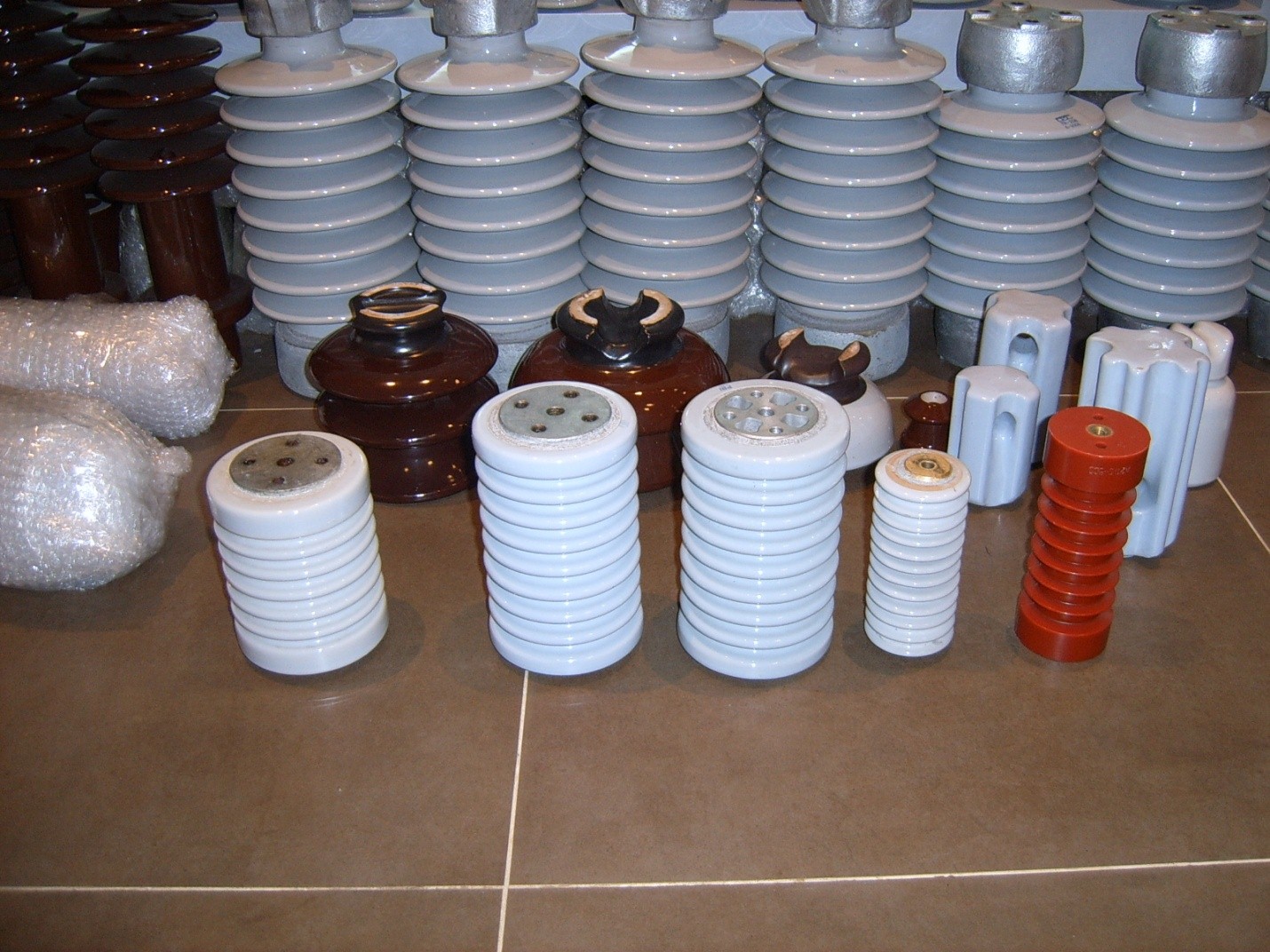Conductors and Insulators
Table of Content |
Introduction to Conductors and Insulators
Image 1: Electricians deal with insulators and conductors to invent new electrical devices.
You must have experienced a feeling of electric shock while opening the window of your car or coming in contact with wires in wet condition. Have you ever tried why you experience this shock feeling? The reason is an electric discharge that is a flow of electrons from one body to another when they come in contact via rubbing or moving against each other. Shock is basically a mini feeling of current passing through your body. Current is also called electric current which ideally means the flow of electrons from one body to another one.
We measure feeling of shock or current in Amperes which is the S.I unit of current. In a simple way, electrons flow from one body to another, which cause a current. Current flows when two bodies come in contact. Current can’t be produced or electric discharge is not possible when two bodies are not always in contact. Now the question arises, do all bodies allow electric current to flow through them? The answer is simply no, only some materials allow current to flow through and are called conductors, whereas the materials which hinder the flow of current through them are called Insulators. This is the primary reason why wires are made up of conducting material so that current can be transferred easily from the powerhouses to homes, restaurants and other public places.
You must have performed the hair comb experiment in which you used to rub a comb with your hair and took it near to some paper pieces, and you found that pieces got attracted by the comb. This attraction happened because the comb got charged and ready to attract paper pieces by gaining electrons from your hair.
Conductors
Image 2: Conductors are used in electric circuit to conduct electric current.
The materials or substances which allow electricity to flow through them are called Conductors. Conductors are able to conduct electricity because they allow electrons to flow inside them very easily. The general property of conductor is to allow the transition of heat or light from one source to another. Metals, humans, earth and animal bodies fall in the category of conductors. Have you ever thought why we get shocked or remain stuck when we hold or come in contact with a current carrying wire? This is because being a good conductor our human body allows a resistance free path for the current to flow from wire to our body thereby creating a life threatening situation.
Conductors have free electrons on its surface which allows current to pass through, that’s why conductors are able to conduct electricity.
Examples
-
Silver is the best conductor of electricity but since its costly we don’t use silver in industries and transmission of electricity
-
Copper, Brass, Steel, Gold and Aluminum are good conductors of electricity and are used mostly in electric circuits and systems in form of wires
-
Mercury is an excellent liquid conductor used in many instruments
-
Water is also a good conductor and its conductivity can be increased by adding salt in it
-
Gases are not good conductors of electricity as the particles of matter are quite far away and are continuously moving so they are unable to conduct electrons
-
Neon gas is moderate gas type conductor which produces an orange glow when current passes through it
Applications of Conductors
Image 3: Use of conductors in lightning a bulb.
Conductors are quite useful in many ways and used in many real life applications like:
-
Aluminum is used in making foils to store food and also in production of fry pans to store heat quickly
-
Iron is used in vehicle engine to conduct heat
-
The plate of an iron is made up of steel to absorb heat briskly
-
Conductors are used in car radiators to eradicate heat away from the engine
Insulators
Image 4: Insulators are used to protect electrical equipments.
The materials or substances which resist or don’t allow the current to flow through them are called Insulators. Insulators are mostly solid in nature and are used in a variety of systems.Insulators don’t allow the flow of heat as well.The property which makes insulators different from conductors is its resistivity. Wood, cloth, glass, mica, and quartz are some good examples of insulators. Insulators are also called Protectors as they give protection against heat, sound and of course passage of electricity. Insulators don’t have any electrons in its and that’s why insulators don’t conduct electricity
Examples
-
Glass is the best insulator as it has the highest resistivity
-
Plastic is a good insulator and is used in making number of things
-
Rubber which is used to make tyres, fire-resistant clothes and slipper is a very good insulator
Applications of Insulators
Image 5: An insulator is used to protect wire openings.
Being resistive to flow of electron, insulators are used worldwide in a number of ways. Some are as follows:
-
Thermal Insulators, disallow heat to move from one place to another and is used in making thermoplastic bottles, in fireproofing ceilings and walls
-
Sound Insulators help in controlling noise level, as they are good in absorbance of sound and are used in buildings, conference halls, and buildings to make them noise free
-
Electrical Insulators, which hinders flow of electron or passage of current through them are extensively used in circuit boards, high-voltage systems and also in coating electric wire and cables
Difference between Conductors and Insulators
The table given below depicts the difference between conductors and insulators.
Conductors |
Insulators |
|
A conductor allows current to flow through it. |
Insulators don’t allow current to flow through it. |
|
Electric charge exists on the surface of conductors |
Electric charges are absent in insulator. |
|
Conductor don’t store energy when kept in a magnetic field |
Insulators store energy when kept in a magnetic field |
|
Thermal conductivity ( heat allowance) of conductor is very high |
Thermal conductivity of an insulator is very low |
|
The resistance of conductor is very low |
The resistance of insulator is very high |
|
Copper, Aluminium, and Mercury are some conductors |
Wood, paper and ceramic are some insulators |
|
Conductors are used in making electrical equipment. |
Insulators are used in insulating electrical equipment for safety purpose |
More Readings
View courses by askIITians


Design classes One-on-One in your own way with Top IITians/Medical Professionals
Click Here Know More

Complete Self Study Package designed by Industry Leading Experts
Click Here Know More

Live 1-1 coding classes to unleash the Creator in your Child
Click Here Know More

a Complete All-in-One Study package Fully Loaded inside a Tablet!
Click Here Know MoreAsk a Doubt
Get your questions answered by the expert for free




